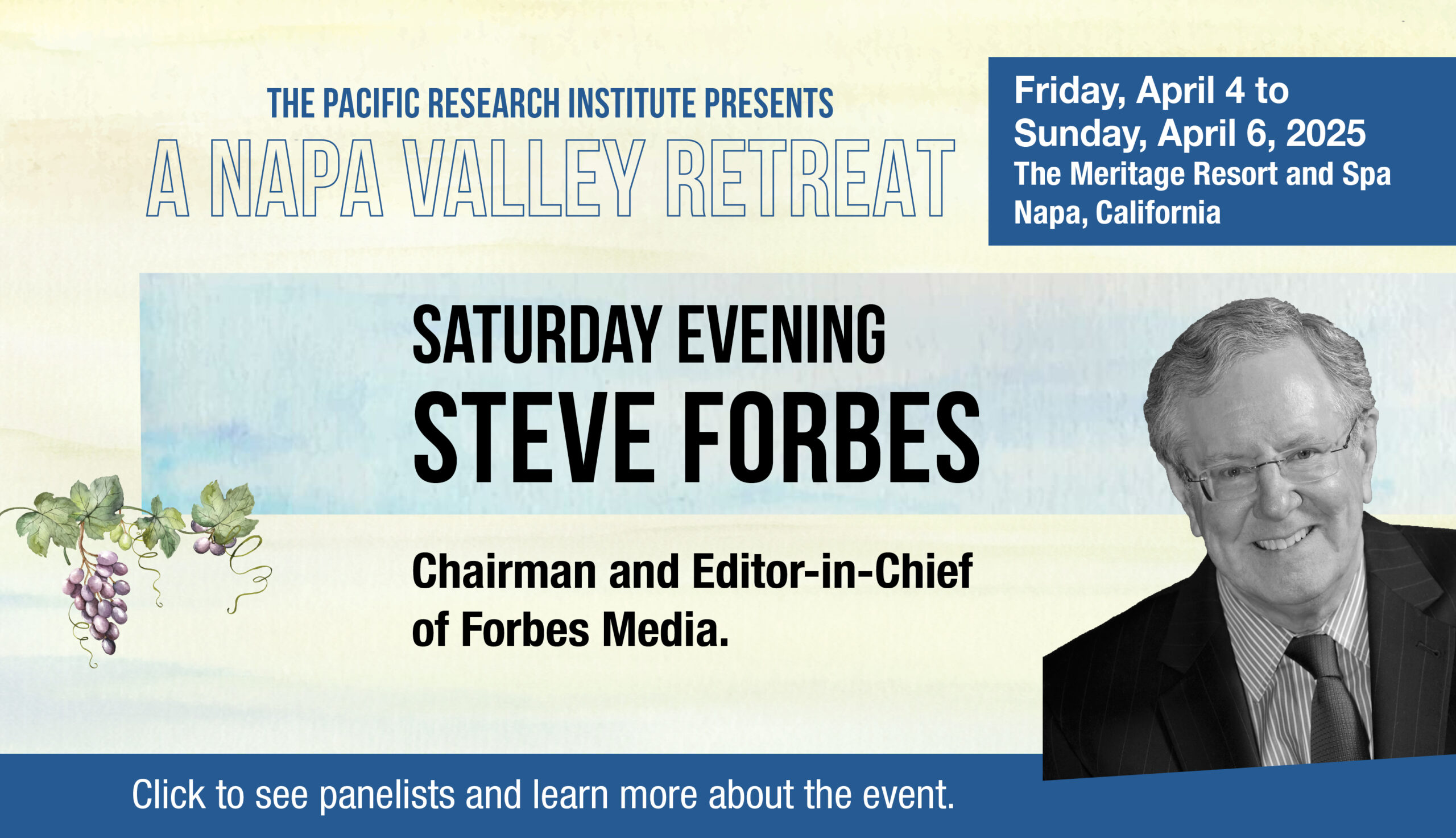SACRAMENTO – Last month Governor Arnold Schwarzenegger proclaimed September 25 “Stem Cell Awareness Day.” That news got by many Californians, who remain unaware of how California is locked into paying for obsolete research, certain to consume billions of dollars but unlikely to come up with any of the cures Californians were led to believe would be the result of their vote for Proposition 71 in 2004.
That measure funded only embryonic stem cell research but all the action is happening with an alternative technique that reprograms adult skin cells to act like stem cells. In 2006, Shinya Yamanaka at Kyoto University published the first paper on “induced pluripotent stem cells” or iPS. These cells have the ability to form tissue, a breakthrough for research.
“It simply means that for the very first time we have access to the human body in the lab,” University of Wisconsin biologist James Thomson told the Chicago Tribune earlier in October.
Not only is this technique more accessible but iPS eliminates the moral qualms inherent with embryonic cells. This is unleashing a “huge pent-up interest,” according to George Daley, director of the stem cell program at Children’s Hospital in Boston. More than 800 labs in many countries have begun to use this new approach. Those labs, unfortunately, do not include the California Institute for Regenerative Medicine, locked into the embryonic method.
Senate Bill 1565, sponsored by state senators Sheila Kuehl and George Runner, would have introduced some much needed diversity by allowing the CIRM to fund different kinds of stem cell research. The measure passed both houses but suffered a veto at the hands of Governor Schwarzenegger in late September.
“They [voters] wanted to fund embryonic stem cell research that the federal government wouldn’t,” the governor’s veto message said. “They also wanted to make sure that California receives a return for its historic investment in medical research. Both of these important goals are already being accomplished.” Actually, they aren’t.
The pitch to voters in 2004 was not any particular type of research but the promise that $3 billion would transform California into a vast Lourdes, a veritable factory of miraculous cures for Parkinson’s and other diseases. As for the return on investment there is none. No regenerative medicines have been produced and the CIRM shapes up as the California Institute for Redistributing Money. The governor himself could only tout 229 research grants totaling more than $614 million, the presence of “many top scientists” in California to investigate and study stem cells, and “more than fifty articles” by CIRM grantees, “explaining some of the most recent discoveries and innovations.”
In August of 2007, Shinya Yamanaka moved his lab to San Francisco so he could be eligible for CIRM funding. The governor’s veto, unfortunately, means he can’t use CIRM money for the very technique he pioneered. In light of this key discovery, maintaining a rigid adherence to embryonic stem cell research is roughly equivalent to using a passenger pigeon instead of a cell phone. With the governor’s veto of SB 1565, that is where California, a state on shaky financial ground, now finds itself.
Packaged as a miracle, the CIRM is reactionary and rigid. That has to change if Californians are to see any return on their investment or progress toward actual cures. Legislators should advance another measure that would allow the CIRM to participate in iPS research. This time the governor should sign it. That could make for a better Stem Cell Awareness Day in 2009.


